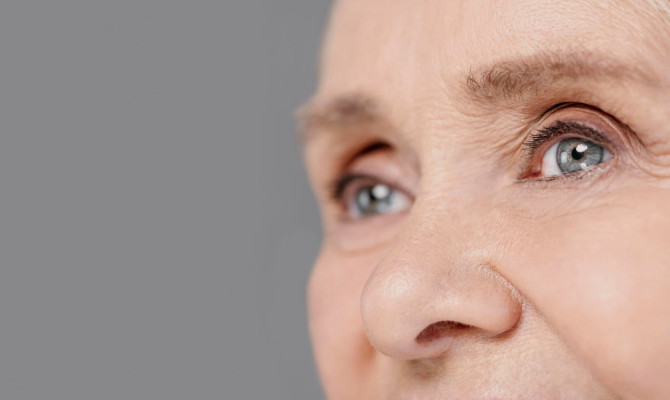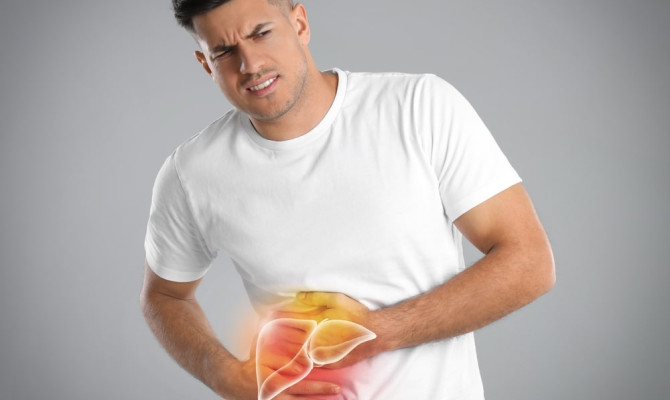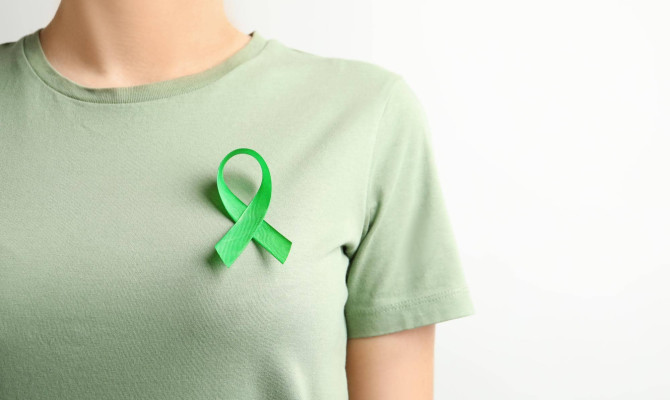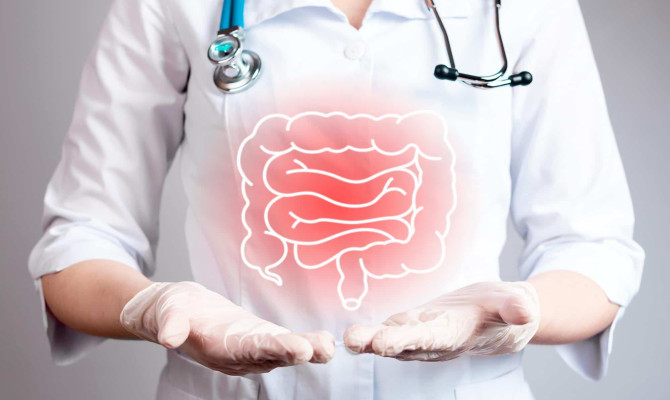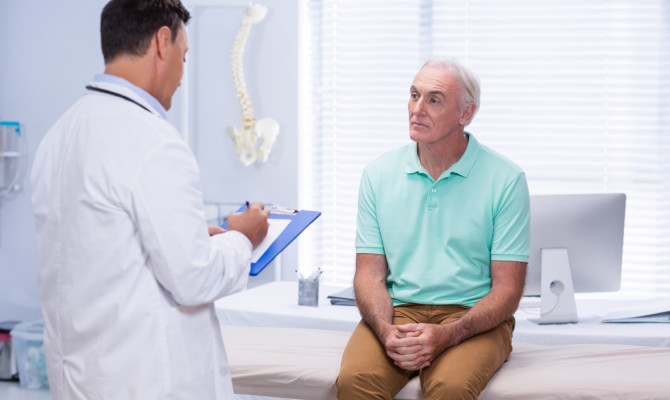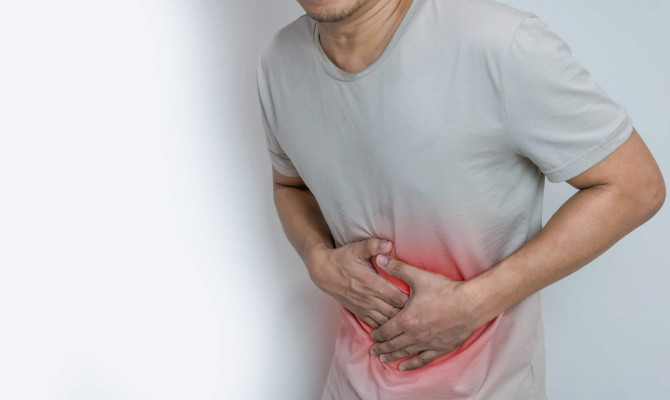Joint Pain: Causes, Diagnosis, and Treatment

- Joint Pain
- 16 Aug 2023
Overview
What is joint pain?
Joint pain is the discomfort and soreness in any part of the body’s joints, such as in the hip, elbow, shoulder, and knees.
The joint is the connection between bones in the body to make it functional. One can feel joint pain in different body parts at the same time. joint pain is widespread among individuals and usually requires no health clinic visit.

Some facts about our joints
- Most joints are moveable, and some are partially moveable or immoveable
- There are three kinds of joints-Cartilaginous, synovial, and fibrous
- In cartilaginous joints viz; pubic bones, cartilage joins the two partly moveable joints.
- In Synovial joints, viz; knee and elbow joints, synovial fluid allows the free movement of the legs and hands. The synovial joints contain synovial fluid, which allows easy bone movement.
- In fibrous joints viz; cranium in the skull and joints between teeth and jaw socket, the joints are immobile
- Multiple factors, including injury and infection, can cause our joints to ache 1Overview| Researched based study from Nlm.nih.gov ,2Overview| Researched based study from Nlm.nih.gov
Types
Types of joint pain
- Hip pain- is the pain in and around the hip joint
- Shoulder pain- is the pain on the top where the collarbone and shoulder meet.
- Knee pain- is the pain between the shin and the knee cap.
- Shin is the front of the leg between the knee and foot
- Hand pain- is the pain in the hand, including wrist and fingers
- Foot pain- is the pain in the foot, including ankles, heel, and toe
- Neck pain- is an ache in the neck structure, including muscles, nerves, and joints
- Elbow pain is the pain between the upper arm and the forearm surrounding the elbow joint 3Types| Researched based study from Cdc.gov
Causes
Causes of joint pain
Some of the frequent causes of joint aches are as follows:
Injury
- Injury is the damage of the living tissue due to extra effort to accomplish a task, such as by sports persons or certain accidents that cause sprains and fractures.
Autoimmune Disease
- It is the condition when the immune system attacks its healthy tissues and organs, causing pain and inflammation.
Viral infection
- Certain infections, such as hepatitis C virus infection, cause conditions that lead to joint pain
Osteoarthritis
- Osteoarthritis occurs due to cartilage damage. Cartilage is a flexible connective tissue that cushions and protects joints and bones from shocks.
- Osteoarthritis is widespread in adults over the age of 40 years, and the disease mainly affects the commonly used joints such as hands, wrists, hips, and knees.
Rheumatoid arthritis
- Rheumatoid arthritis is a disease when the body’s immune system attacks the joint’s lining. It causes pain, inflammation, and fluid build-up in the joints leading to cartilage and bone degradation.4Causes| Researched based study from Nlm.nih.gov
Gout
- Gout occurs due to the build-up of uric acid crystals in the joint spaces.
- It causes severe swelling and pain in the joints.
Tendinitis
- Tendinitis is the pain and swelling in the tendons due to overuse and injury. Tendon is a connective tissue that joins bone to muscles. Tendinitis is often seen in heels, elbows, and shoulders
Some other causes of joint pain are as follows:
- Osteoporosis (a disease that decreases bone density causing frequent fractures)4Causes| Researched based study from Nlm.nih.gov
- Rickets (a disease that causes bone weakening in children)
- Lupus (a disease that causes pain and swelling in any part of the body)
- Chondromalacia patella (a condition due to cartilage damage in the kneecap)
- Fibromyalgia( is a chronic condition causing pain and tenderness throughout the body)
- Sarcoidosis (a disease affecting multiple organs of the body)
- Cancer(a condition in which there is an abnormal growth of body cells) 4Causes| Researched based study from Nlm.nih.gov
Symptoms
Symptoms of joint pain
- Joint swelling
- Stiffness of joint
- Joint tenderness5Symptoms| Researched based study from Nlm.nih.gov
- Joint redness with warmth
- Difficulty in joint movement
- Joint weakness
- Extreme tiredness
Symptoms needing immediate medical concern
- The joint appears deformed after the injury
- The joint is extremely painful
- The joint is completely immobile
- Joint swelling occurs suddenly
- Loss of sensation in the joints
- Snapping sounds when moving joints
- Red and hot joint
- Fever with no flu 5Symptoms| Researched based study from Nlm.nih.gov
Diagnosis
Diagnosis of joint pain
The doctor will initially conduct a physical examination and take the necessary information regarding the patient’s nature of pain and his medical and family history. Further, he may order the following tests:
Laboratory tests
Complete blood count
- It looks for the count of red and white blood cells
- It is a useful test for rheumatic arthritis patients because they tend to be anemic, i.e., not having enough healthy blood cells
Erythrocyte sedimentation rate (ESR)
- ESR is a blood test to estimate the levels of the body’s inflammation due to infection or disease.
- It is a helpful test for diagnosing arthritis
Rheumatoid factor test
- The test looks for levels of rheumatoid factor in the blood sample, rheumatoid factors are proteins that attack the healthy cells
- The test is used to diagnose rheumatic arthritis
Uric acid test
- The uric acid test estimates the amount of uric acid in the blood
- Uric acid is the natural waste product from food digestion
- The uric test is one test for diagnosing gout, although other tests are required for its full confirmation6Diagnosis| Researched based study from Nlm.nih.gov
Antinuclear antibodies test
- The test checks for the antibodies levels of an autoimmune disorder
C- reactive protein test
- The test checks the level of C- reactive protein in the blood.
- The C- reactive protein increases during the body’s inflammation
Joint aspiration
- It is a procedure to remove excess fluid from the joint space to examine uric acid crystals visually.
Imaging test
X-ray
- It uses electromagnetic radiation to produce of inside of our body6Diagnosis| Researched based study from Nlm.nih.gov
Ultrasound
- It utilizes sound waves to produce pictures of organs and tissues inside the body.
MRI
- It uses radio waves and magnetic fields to produce images inside the body6Diagnosis| Researched based study from Nlm.nih.gov
CT (Computed tomography)-scans
- It uses computers and X-rays to produce detailed internal pictures of the body 6Diagnosis| Researched based study from Nlm.nih.gov
Risk
Who are at more risk to have joint pain
- Onee with a previous injury to joints
- People with persistent medical conditions such as arthritis
- One with anxiety and depression
- Who are obese (overweight)
- People with poor health
- Who are repeatedly using their muscles to do their work
- People who are in the middle age or old age 7Risk| Researched based study from Nlm.nih.gov
Treatment
Treatment of joint pain
Treatment of joint pain will depend on the cause of the pain.
Medicines for treating joint pain
- Non-steroidal anti-inflammatory drugs (NSAIDs) are medication to treat pain and swelling8Treatment| Researched based study from Nlm.nih.gov
- Disease-modifying antirheumatic drugs (DMARDs) are medications to slow the disease progression and inflammation8Treatment| Researched based study from Nlm.nih.gov
- Corticosteroids are medications to reduce pain and swelling effectively.
- Antibiotics are medications to slow or destroy the growth of bacteria
- Topical ointments are medicines to be applied on the affected area for pain relief8Treatment| Researched based study from Nlm.nih.gov
- A dietary supplement contains one or more nutritional ingredients, such as vitamins and minerals, to relieve pain.
Alternative treatment
Physical therapy
- Physical therapy is muscle strengthening exercises to reduce pain and discomfort and to improve movement.
Supportive aids
- Supportive aids are support devices such as orthotic devices on the shoe, brace (a device to be put on an injured body part), etc., to support the joints to help in movement.
Steroids
- Steroids are anti-inflammatory medicines for short-term relief from pain and swelling.
Pain relieving drugs
- Pain-relieving drugs are medicines to relieve pain
Antidepressants
- Antidepressants are medicines to reduce anxiety and improve sleep
Surgery
A doctor may recommend surgery when all other treatment options and drugs do not work.
Types of Surgery
Joint replacement
- It is a surgical technique in which the damaged joint is replaced with a plastic, metallic, or ceramic device.
Arthroscopy
- Arthroscopy is a surgical procedure to treat the joint’s structural problem, causing pain and discomfort 8Treatment| Researched based study from Nlm.nih.gov
Home remedies

Home remedies for joint pain
- Applying over-the-counter medication to the affected area
- Exercising regularly to maintain the fitness
- Stretching before exercising to maintain a good motion
- Taking a bath with lukewarm water
- One with non-arthritis pain can take massage on the affected part
- Taking adequate rest to avoid symptoms getting worse
- Applying an ice compress on the affected area
- Wrapping the affected joint area with an elastic bandage
- Keeping the affected joint area at an elevated position to reduce swelling
- Using a wheelchair or crutches to avoid putting pressure on the painful joints
Takeaway
Key Takeaways
- Joint pain results from tissue damage due to normal activities, but it can also be due to infection or any other chronic disease, such as arthritis.
- Regular exercise and maintaining body weight can help alleviate the symptoms of joint pain.
- One must immediately visit a doctor if persistent pain does not go away quickly.
Any feedback on this article?
 This Articles content was accurate
This Articles content was accurate Very Informative Article
Very Informative Article I have a question or a comment
I have a question or a comment
 This article contains inaccurate content
This article contains inaccurate content This article was not helpful
This article was not helpful I have a question or a comment
I have a question or a comment
We appreciate your helpful feedback!
Checkout our social pages
References
-
National Library of Medicine
Joint pain | Overview
-
National Library of Medicine
Anatomy, Joints | Overview
-
Centers for Disease Control and Prevention
Joint Pain and Arthritis | Types
-
National Library of Medicine
Mechanisms underlying bone and joint pain | Causes
-
National Library of Medicine
Perceptions of joint pain and feeling well in older people who reported being healthy: a qualitative study | Symptoms
-
National Library of Medicine
Diagnosis and treatment of hip and knee osteoarthritis: A review | Diagnosis
-
National Library of Medicine
Prevalence and risk factors for joint pain among men and women in the West of Scotland Twenty‐07 study | Risk
-
National Library of Medicine
Arthritis and pain. Current approaches in the treatment of arthritic pain | Treatment












